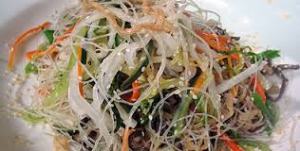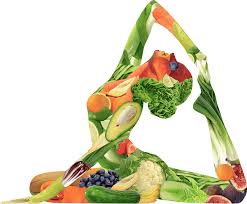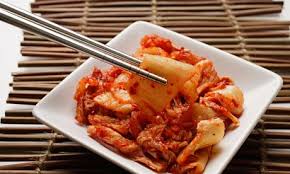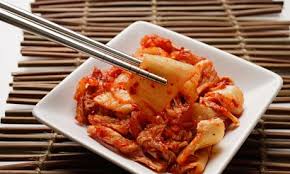
Jelly Fish Anyone?
Daily Home Cooking and
The unwritten Chefs duty
The Chefs Duty
Chefs have the unwritten duty to entice their audience with new products, new flavor combinations and new styles of cooking dishes. The duty is embedded in every individual chef and comes with passion for food, love for the job and then there is of course the commercial impact of attracting customers to the establishment they run or work for.
In the age of technology we live in, all deliveries are demanded by an ever better informed and critical public.
The Competition
The big players in the food processing industry, large companies with huge marketing budgets, are running at a steady pace to bring more and more special designed products on the market for target groups with certain diets, weight loss plans and the like.
Chefs lack those resources, have no well-staffed and equipped test kitchens, but fulfill, their unprecedented desire to create makes them see a new concoction with every new ingredient presented to them.
We Invent
So, where lies the future of innovation in the culinary world, more and more people populate the planet and if we may believe some reports we produce more food than there are people, problem is that the surplus does not reach people in the right places, where the hungry are; no, we throw it away! Yet the food processing industry comes with more products showing us how to save money, work more efficient with less staff, make life easier.
In China you can buy powder which diluted with water resembles meat, for the right meat (pork, chicken) just add flavoring and coloring. Chicken meat can be produced in incubators to save the birds from suffering, reduce greenhouse gasses and space to rear animals.
At the same time we see a back to basics trend, that is fighting to promote local produce, farmers markets, eat healthy, and perhaps Daily Home Cooking to keep a healthy cooking trend alive.
Our Pride
Is a chef in uniform enough to keep the marketing power of the big food producers at bay?
Many celebrity chefs promote healthy food with probably Jamie Oliver as a front runner; his efforts to change school lunches are more than consummate for the cause.
“We go to the source instead of the source coming to us, to create debate, with debate change will happen” are words from his mouth to get inspiration from.
He’s an ambassador, a voice that leads the way creating debate, we are the man in uniform, and we need to come with innovations to show the public that powder is not the way to go.
The ability to travel has enabled many to explore cultures and cuisines from practically all corners of the world, new opportunities arise every day to create, develop and invent.
Trends to Follow
One of the latest (I have seen) is the introduction of Jelly Fish; this product is quite common in Asia, but less in the Western world.
Usually found steamed and pre-cut into strips, Jelly Fish is mainly used as a component to a dish or as a dish complementing a meal that consists of a number of dishes as commonly food is served in Asia.
Jelly Fish is pretty tasteless, but absorbs flavors very well, has a nice texture and once marinated and stir fried it works well in combinations.
Fulfilling our duty as Chefs is noble, we need to work on it every day and drive the point home that healthy living starts with a healthy balanced diet.
If you agree, leave a comment, if you do not agree leave a comment also.
If you need any culinary assistence contact me at:
tgrandlife@yahoo.com
















